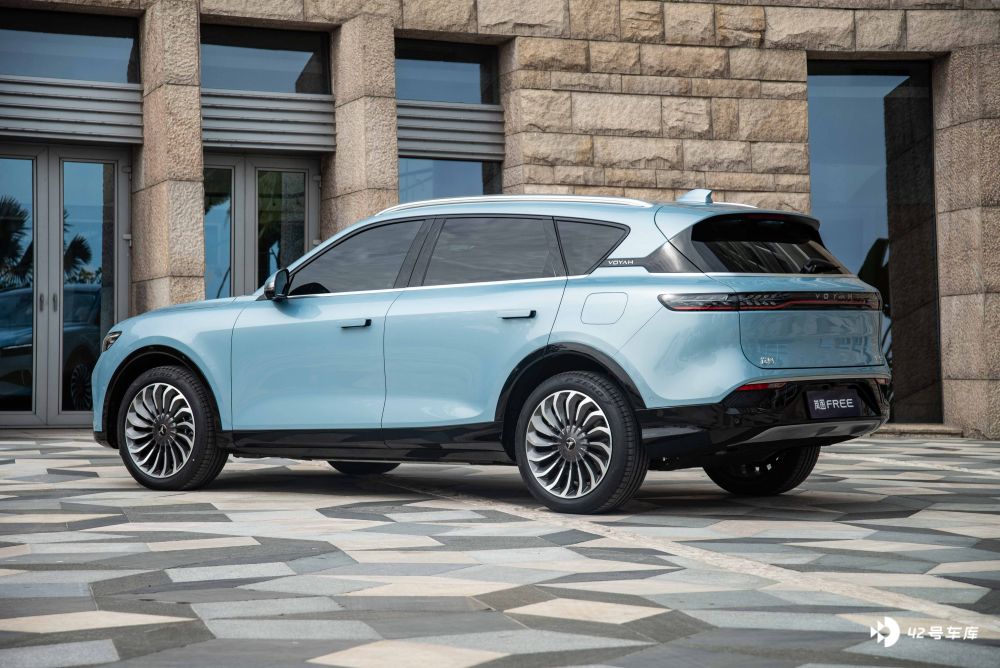On May 23rd, we were invited by Garage 42 to participate in the Voyah FREE Geek User Experience Camp in Beijing Chaoyang Park. As Dongfeng Automobile’s first homework in the new energy race, let’s take a look at the quality of this homework together.
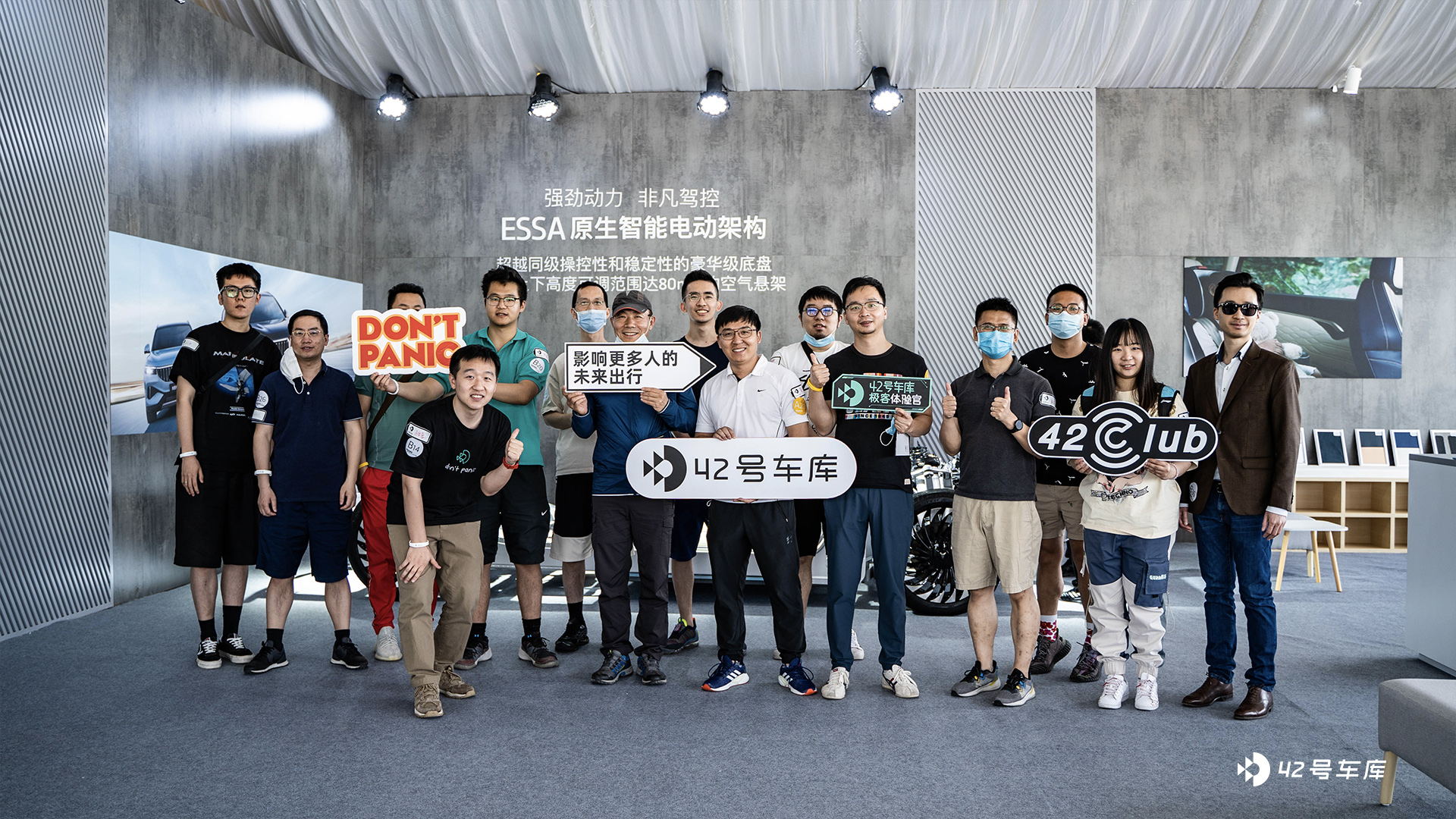
As we arrived at the test drive site, besides more than 20 Voyah FREE vehicles that were close to mass production, there was also a NIO ES6, an Ideal ONE, a Tesla Model Y, and an Audi Q5L parked there.
Today’s users who came for the experience can not only test drive the Voyah FREE, but also can test drive these several other brand cars. It seems that Voyah FREE is still confident in itself, because I have deeply experienced these several cars before. So, today let’s head straight to the target – Voyah FREE.
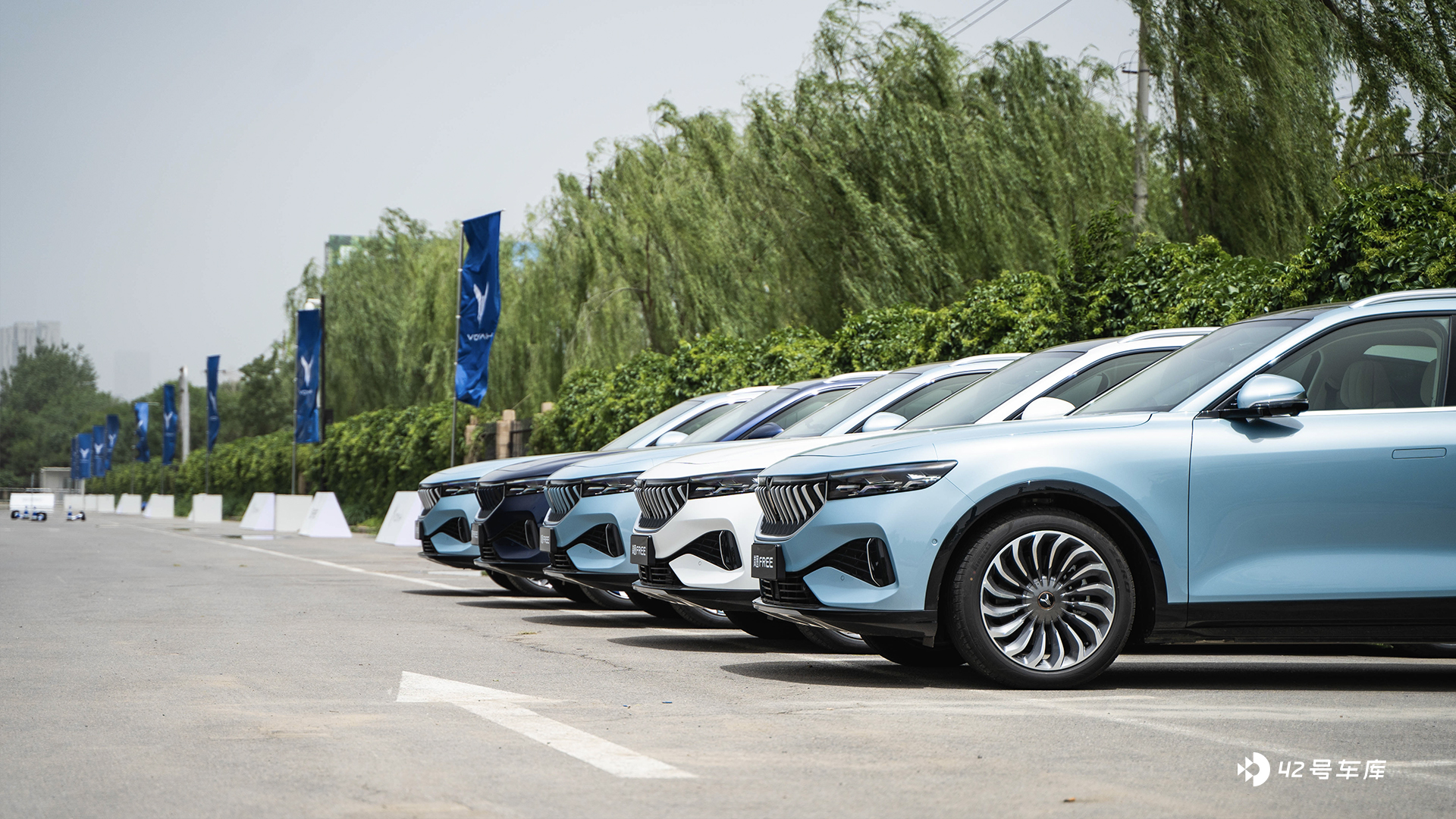
First, let’s take a look at its appearance. As a mid-to-large-size SUV with a length of 4905 mm and a wheelbase of 2960 mm, the design of the entire vehicle is still very eye-catching. As for its appearance, as the saying goes, “There are a thousand Hamlets in a thousand people’s eyes.”
Here, I don’t want to say who it looks like. Buying a car is like finding a wife. The first impression is very important, as long as you like it.
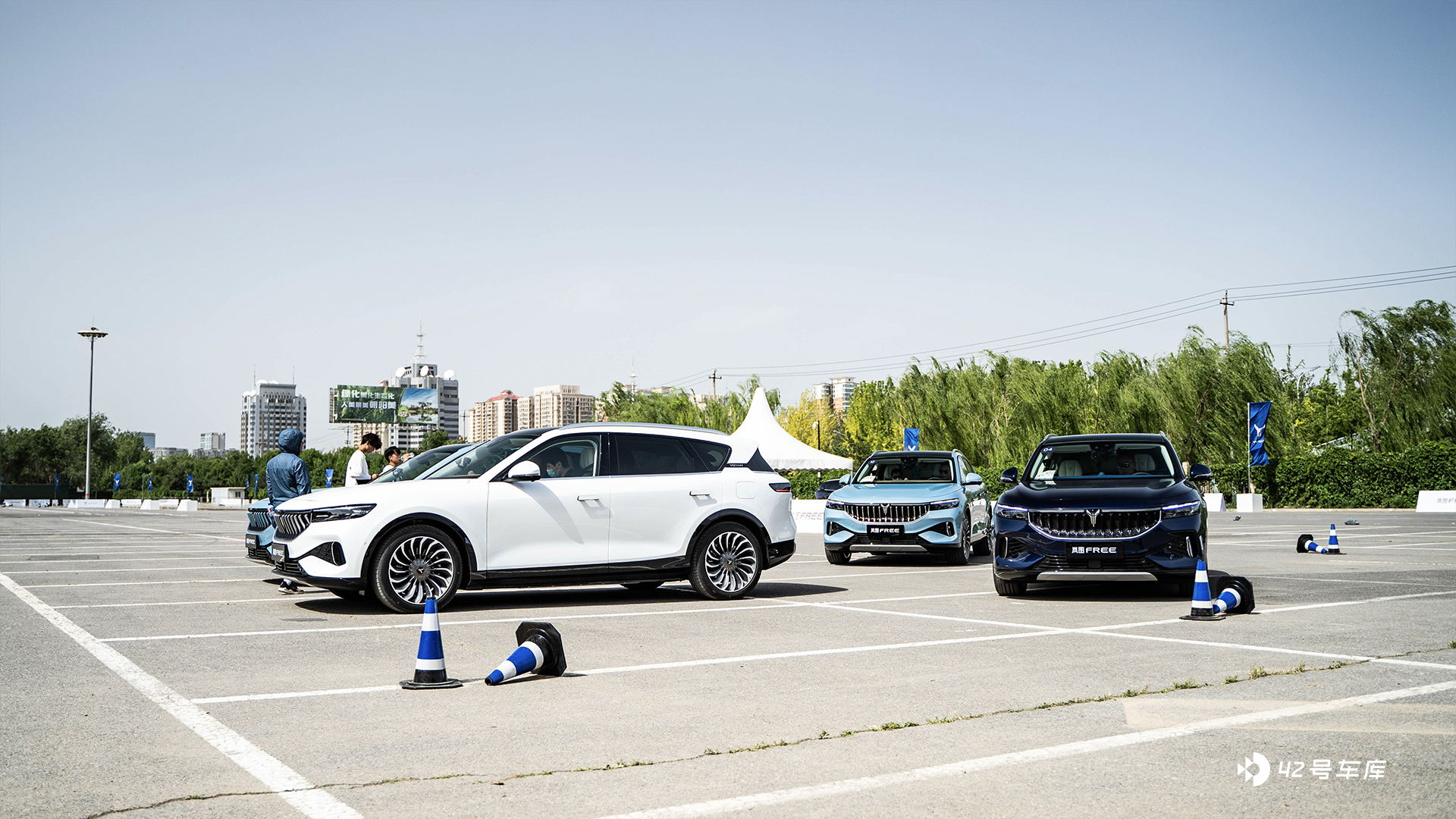
Voyah FREE has launched two versions, the extended range version and the pure electric version.
The extended range version comes with a 1.5 T four-cylinder turbocharged engine, a 33-degree battery pack, and front and rear dual motors, with a power of 510 kW and a maximum torque of 1040 Nm. The pure electric version is equipped with an 88-degree battery pack.
The extended range version can accelerate to 100 km/h in 4.5 seconds, while the pure electric version falls slightly behind due to the weight of the battery pack, reaching 4.7 seconds. It is precisely because such configurations have been made in the powertrain module that we have the confidence to compete with NIO ES6, Ideal ONE, Model Y and Audi Q5L on the racetrack.
Regarding the selection of the 1.5 T range extender, in terms of the smoothness of operation, vibration and noise control, the four-cylinder machine is theoretically better than the 1.2 T. Especially, with a maximum power generation of 80 kW, the range extender can still quickly provide efficient energy conversion and output to the motor in low electric scenarios, making this vehicle not afraid of extreme operations such as overtaking.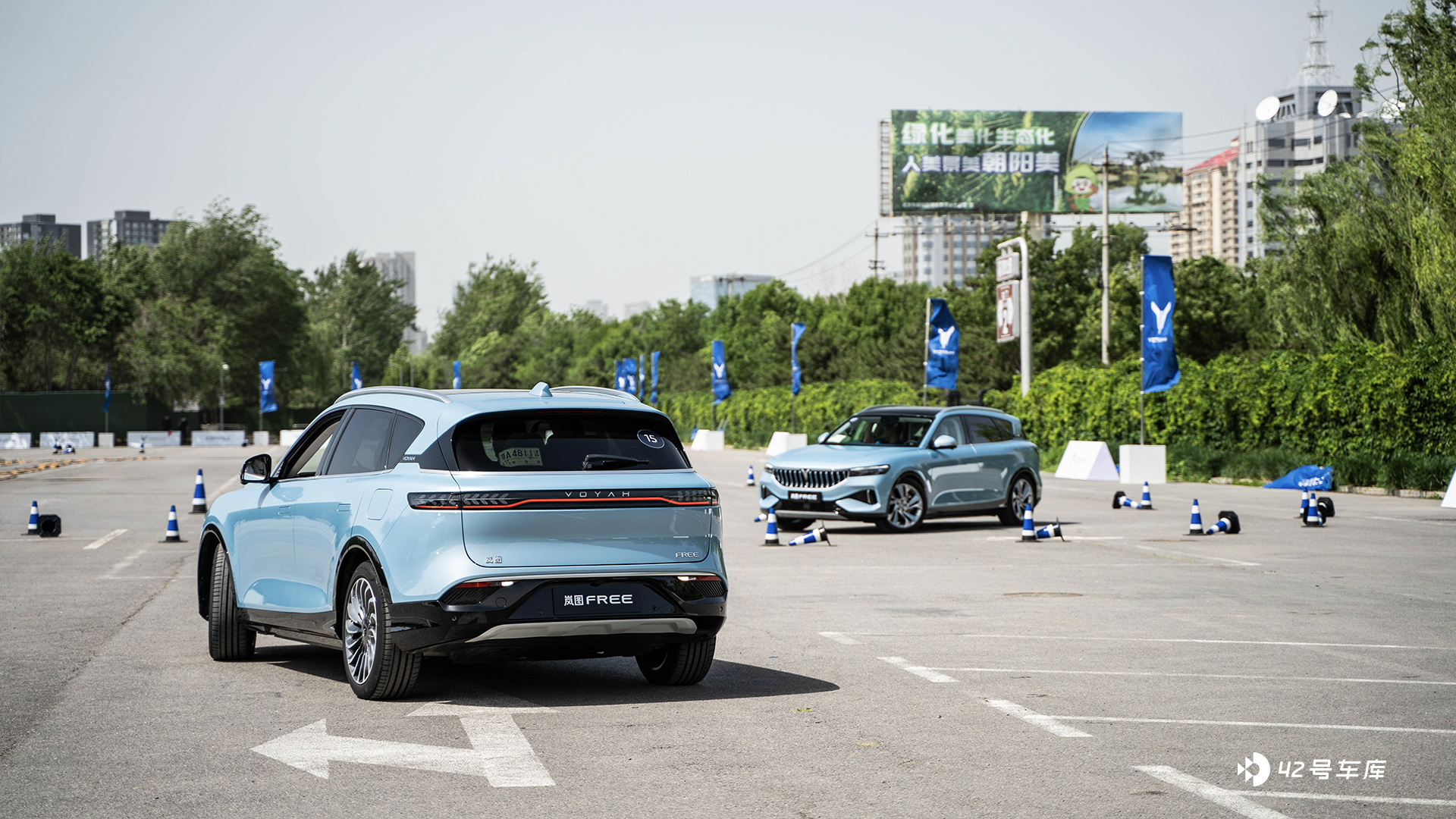
It’s worth mentioning that the entire Voyah series comes standard with air suspension, which provides a height adjustment range of ±5 cm for the entire vehicle body, and can also adjust the hardness of the chassis accordingly.
By adjusting the height of the car body, Voyah looks like an SUV at times, and like a wagon at other times.
Through tuning the hardness of the chassis and the response of the throttle, the whole car has five driving modes: economical, sporty, off-road, comfortable, and customizable.
It’s also worth mentioning that the monolithic three-screen of this car has lifting function. When different driving modes are applied, the screens will lift to different heights and display corresponding information. The 20-inch P Zero sport tires highlight the sporty genes of this car.
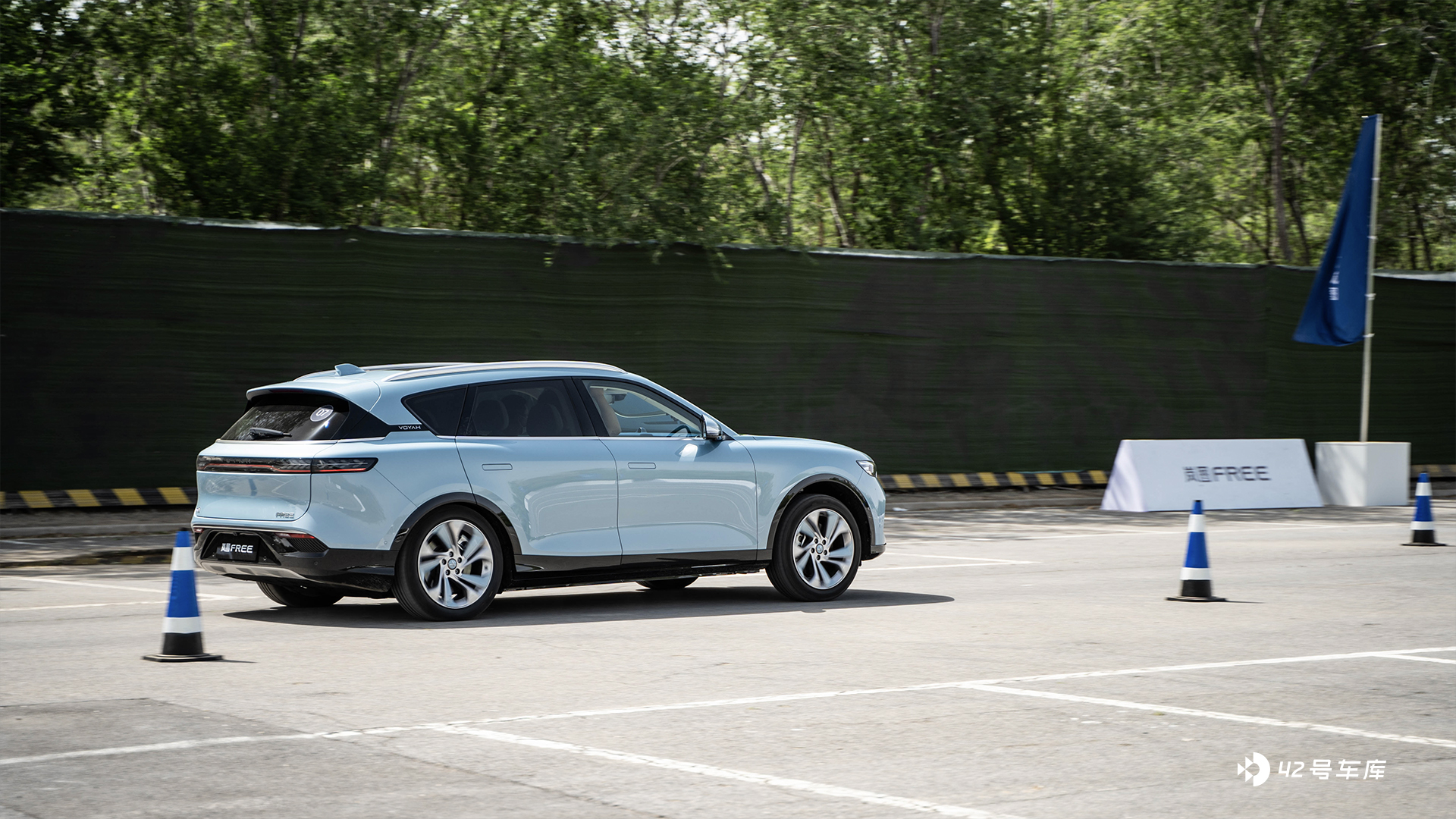
Entering the actual test section, this experience section is divided into acceleration & automatic testing, bumpy road surface testing, slalom testing, automatic parking testing, and APA transparent chassis challenge.
As a middle-aged dad, my driving style has always been conservative. Even in the race track environment, I won’t do any intense driving. Therefore, the greatest impact on me in this section was its excellent braking distance and vibration filtering on bumpy road surfaces.
Of course, all of these cannot be separated from the Bosch iBooster 2.0 braking system and air suspension.
Speaking of air suspension, when I was in high school, the mainstream family cars were still Jetta and Poussin. The first time I rode a car with air suspension was a Mercedes-Benz S600. I was amazed at how a car could achieve such a level of shock absorption and comfort, exceeding my perception of a riding experience.
Today, air suspension, which was once only available on high-end cars, has been applied to some domestic cars with a price of three to four hundred thousand yuan. These were all unimaginable before.
Just like in the battlefield of smartphones, Chinese smartphone brands have changed from followers to leaders, and this scene is being played out again in the new energy market.
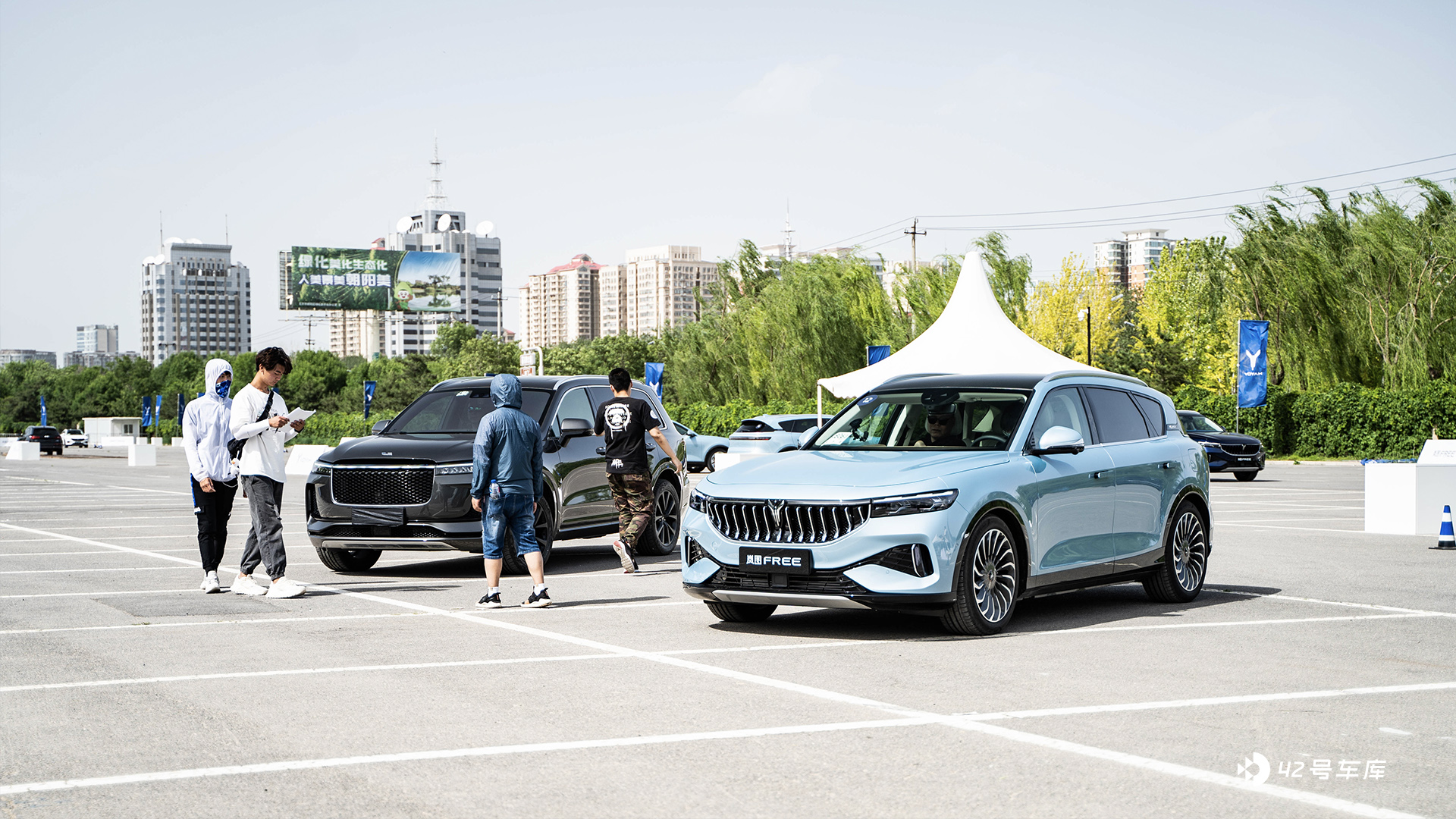
During the entire test drive process, I found a very interesting design, which is the APA transparent chassis. After starting, the location of the stones under the chassis can be seen throughout the process. It’s possible to accurately avoid the rocks under the car chassis by adjusting the direction.
In urban driving environments, with the transparent chassis enabled, the risk of scraping the wheels against the kerbs, or the chassis against the steps, is all visible upfront.When driving, it’s inevitable to encounter potholes or obstacles on the road due to pavement aging. Therefore, the transparent chassis can promptly remind the driver of the current road conditions. For a city SUV, perhaps the symbolic significance of this design is greater than its practical significance.
But which adult would choose a multiple choice question when selecting car configurations?
Some domestic cars, such as the Haval, XPeng G3, and Geely ICON, have this function. What I want to say is that in recent years, domestic cars have spared no effort in investing in advanced technology, which gives domestic cars the confidence to catch up with joint ventures and even surpass imported cars.
In addition, I noticed the battery location of this car. Nowadays, the battery compartment of many cars on the market protrudes and is only cleverly designed visually to make the entire vehicle’s chassis look high.
However, the bumps to the battery pack in new energy vehicles during regular driving are more dangerous than those on the traditional oil-fueled car chassis. Even a minor deformation can bury safety hazards. Therefore, it is truly impressive that the battery pack in the Voyah FREE’s chassis is lifted to such a height.
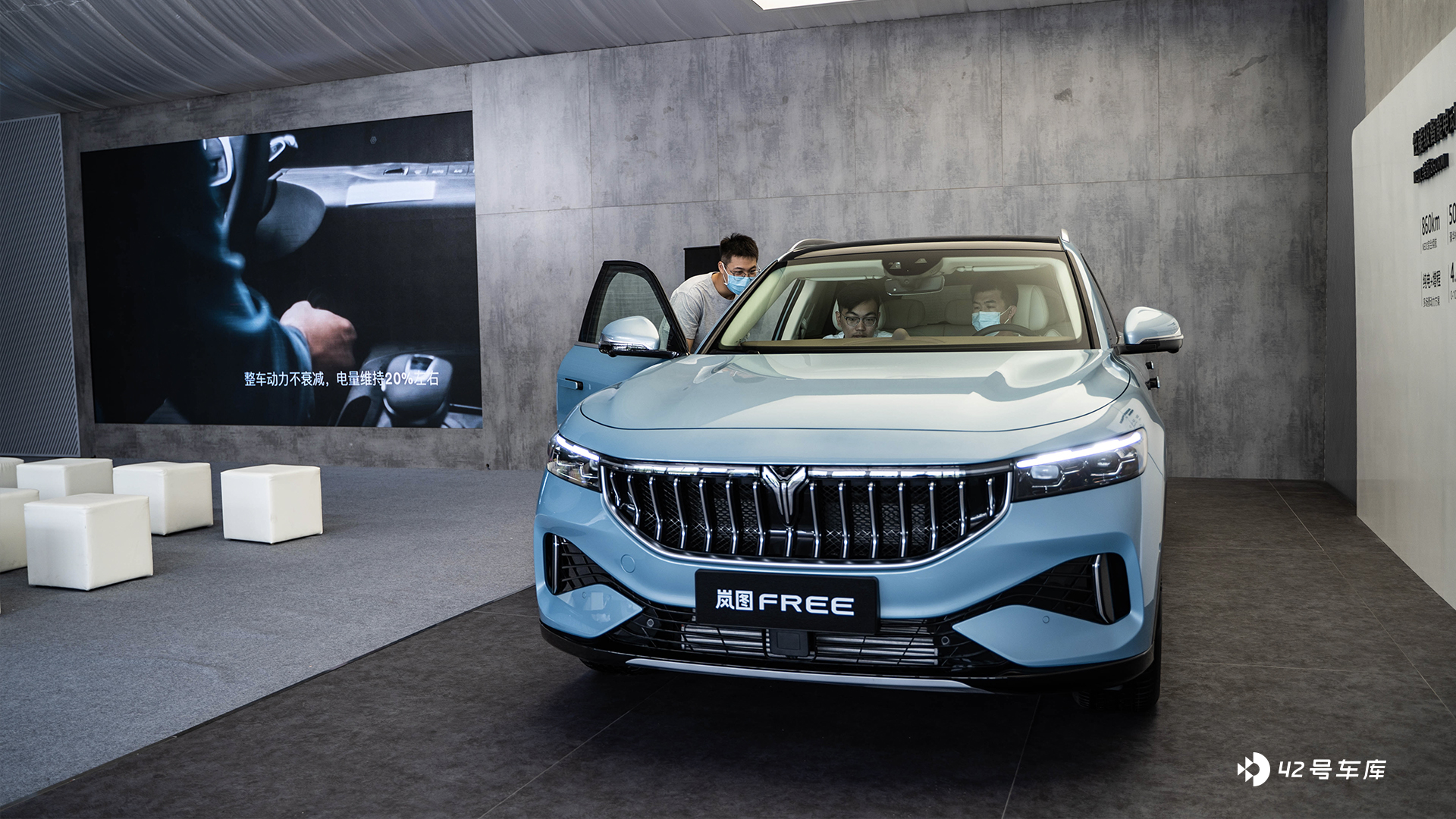
In addition, the entire car’s interior is made of sturdy materials. The double-stitched seats have good wrapping and comfort. There’s also an OEKO-TEX “Textile Ecology Label” certification label. For me, environmental protection is a very attractive selling point in today’s increasingly environmentally conscious society.
Another great design is the adjustable panoramic sunroof. I first encountered this technology on Hainan Airlines’ Boeing 787 Dreamliner. At that time, I thought the design was very powerful. Nowadays, it is also used in cars. The Boeing 787 has five levels of adjustment, while the Voyah FREE has 10 levels, which can completely block out 99% of UV rays.
As someone mildly allergic to UV rays, my previous experiences of being sunburned while riding a Model 3 are still fresh in my mind. The panoramic sunroof of the Voyah FREE perfectly solves this problem. Here, I suggest that Voyah’s management team give the product manager a thumbs up.
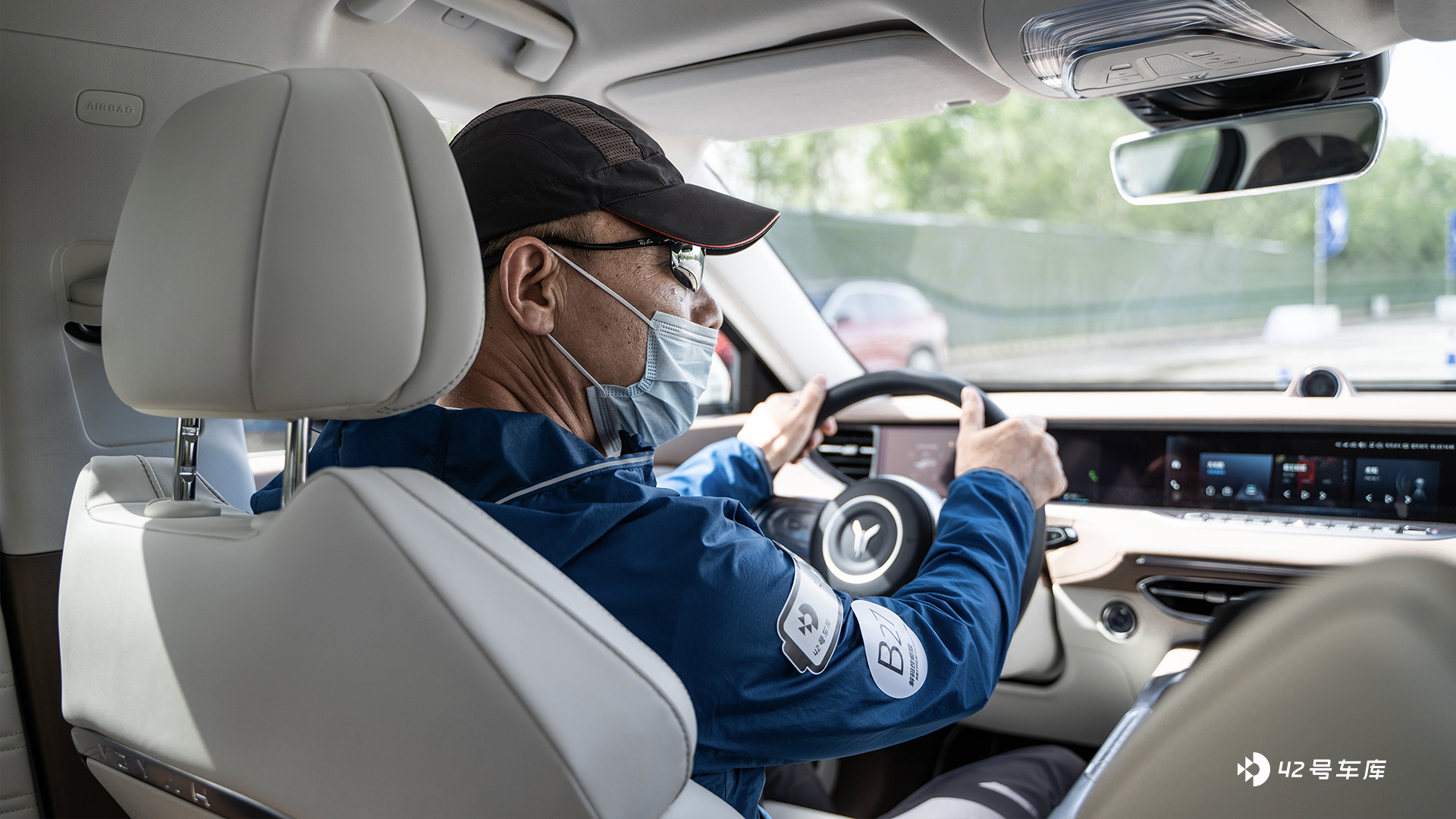
The Voyah FREE also supports FOTA upgrades for the entire vehicle. A high-definition camera is installed in the center of the dashboard, just like in the NIO ES6 NOMI. The driving instructor explained that this camera can recognize the driver and customize personalized driving, seat memory, system UI, and fragrance settings accordingly.On the other hand, the degree of fatigue that can be recognized is also demonstrated during my test drive. The coach was reminded several times whether he was driving fatigued, and the coach responded with “I’m fine” or “I’m not tired”. Perhaps the algorithm still needs to be optimized, but the hardware has taken the lead, and the small steps of iteration truly reflect the Internet thinking of this car.
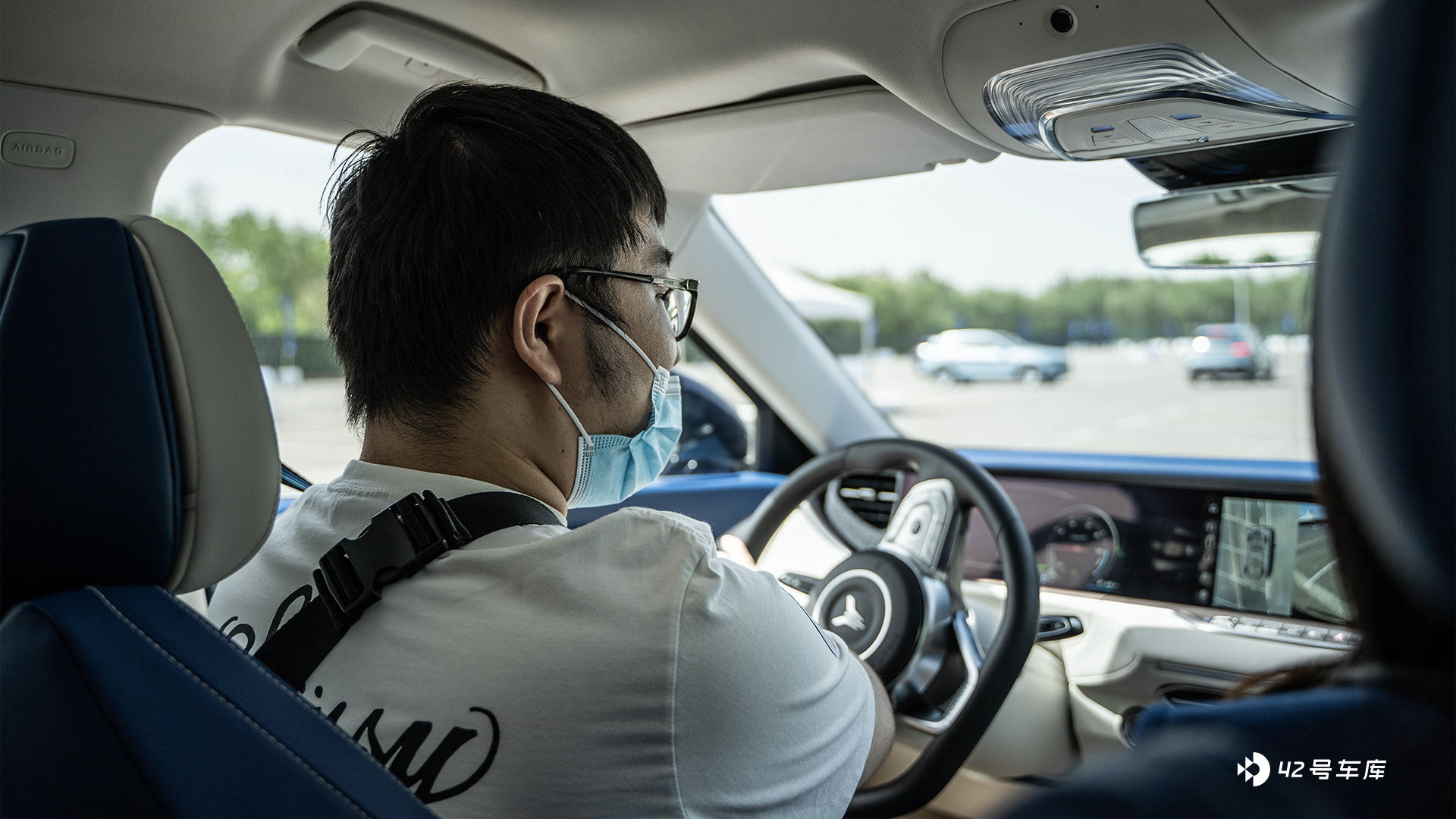
In terms of safety configuration, the Voyah FREE is also uncompromising, equipped with night vision system, AR navigation, lane keeping, collision prevention, door opening warning, reverse warning, blind spot monitoring, fatigue driving monitoring, speed limit monitoring…
Wow, there is nothing it can’t do that you can think of.
As for a new energy vehicle, besides safety, endurance, and quality, what I care about most is intelligent interaction and automatic assisted driving.
Due to time and venue limitations, I only experienced the lane keeping feature.
However, the ability of a vehicle to drive automatically with assistance still requires a more in-depth experience in the complex driving environment of the city, especially in conditions such as large curve turning and city bypasses that can better reflect the true strength. Therefore, I will not go into detail here and look forward to other more professional evaluations in the future.
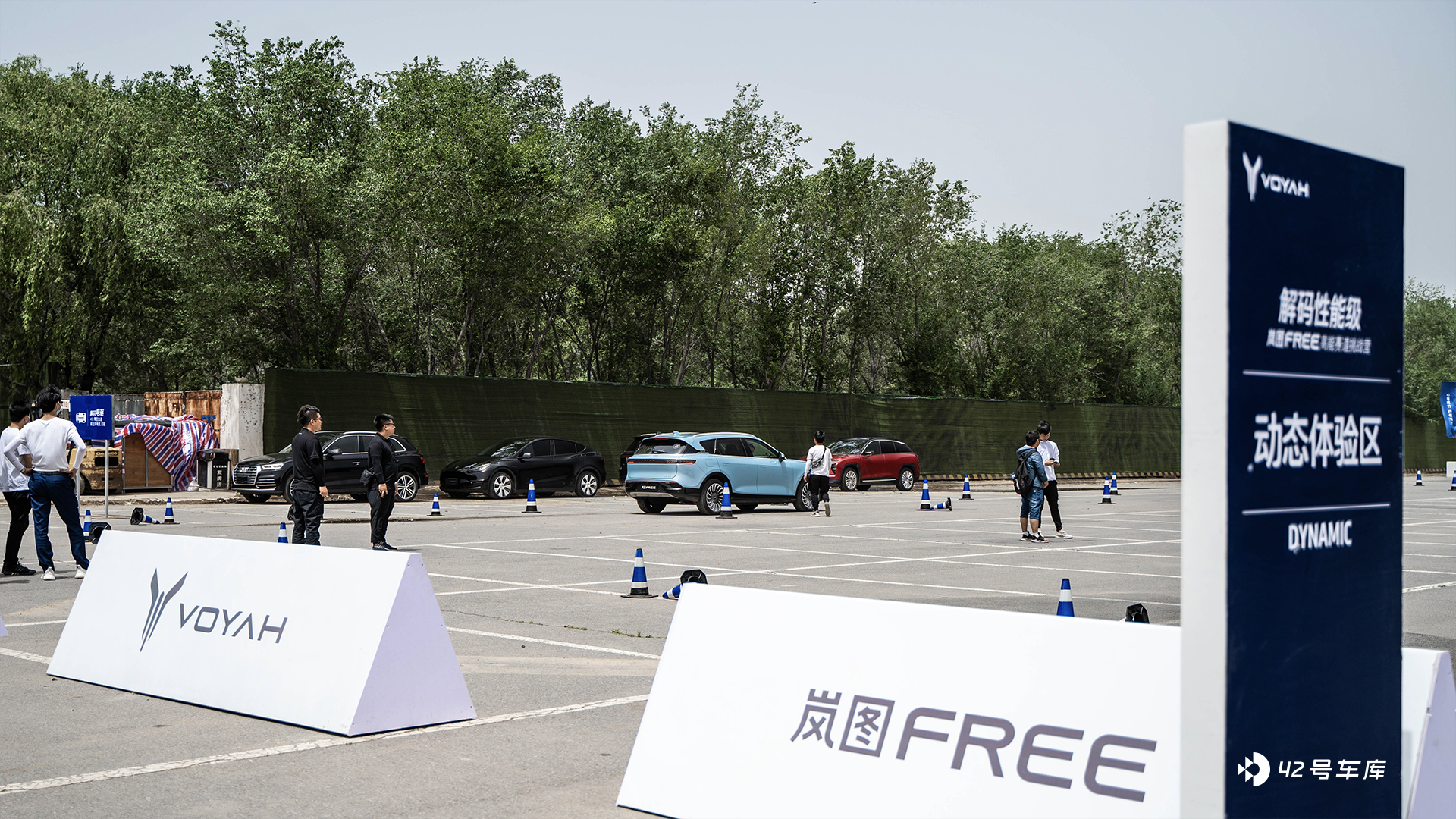
In today’s new energy car race, I compare it to a class.
-
Some students are talented and imaginative, like Tesla;
-
Some students are humble and have unique talents, such as NIO’s battery exchange;
-
Some students are powerful and the best choice for family cars, such as the Ideal ONE.
Each car has its own personality label.
And the Voyah FREE is like a well-off, excellent student.
Although it is not full of personality in my eyes, it still has lofty aspirations while acting low-key. At the same time, it has launched both extended range and pure electric versions, which shows Dongfeng Automobile’s determination and courage in the field of new energy.
Looking forward to more excellent students like the Voyah FREE to join and compete with other competitors in the domestic new energy market!
This article is a translation by ChatGPT of a Chinese report from 42HOW. If you have any questions about it, please email bd@42how.com.
